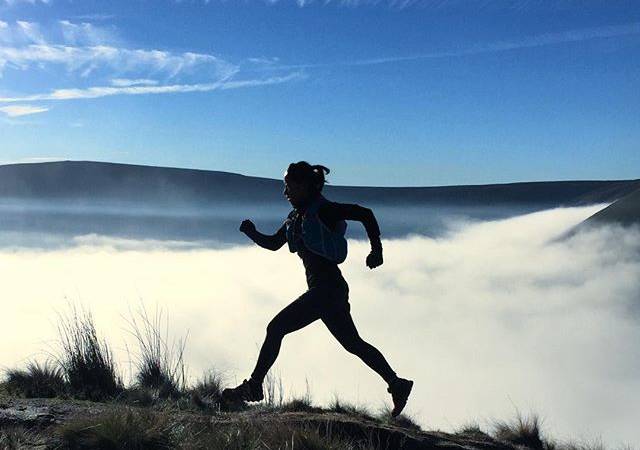Altitude Training by Pete Fraser Fitness, Mayfair, London
Millions of people travel to high altitude environments every year for pleasure, endeavour or in the case of athletes, physiological adaptation to improve their race times.
All very well for the professional athlete with time and probably funding, however, now the average serious enthusiast can get in on the action.
Accessibility to mountainous enviroments and training camps is widely available and the proliferation of hypoxia chambers in gyms is widespread.
But are hypoxia chambers creating similar environments to those in the mountains? Read on to discover….
- What is altitude training?
- What are the benefits?
- How to do it?
- Are altitude training and hypoxic chambers comparable?
What is altitude training?
Altitude training (or more correctly called hypoxia induced training) is training and/or living in an environment above 3000m – known as high altitude – or moderate altitude 1500 to 3000m above sea level.
Why do altitude training?
At altitude the cardiovascular system is exposed to the reduced partial pressure of oxygen (PO2), this leads to reduced availability of oxygen in the blood.
Both at sea level and at the top of Mt. Everest the same amount of oxygen exists, about 21%. It’s the pressure difference which reduces the availability of oxygen at altitude, known as the oxygen transport cascade. So at the Peak of Mt. Everest only 30% oxygen is available compared to sea level.
at the Peak of Mt. Everest only 30% oxygen is available compared to sea level
The reduction in the pressure of oxygen as we gain altitude causes the resulting hypoxic state, forcing physiological adaptation and acclimatization. The resulting benefit is a tolerance and an aerobic efficiency increase. It is worth noting here that the performance improvements are aerobic efficiency increase. There are no anaerobic benefits, therefore anaerobic and strength based athletes need not apply!
anaerobic and strength based athletes `need not apply`, there is no performance benefits for them!
Summary of physiological changes from altitude training:
- changes of cellular acid-base balance
- increased heamoglobin and red blood cells
- potential changes in local circulation and cellular metabolism
There is also the psychological benefit which should not be overlooked, namely the perceived performance improvement the athlete thinks they will gain.
Do hypoxic chambers work?
Note that the benefits of training at high altitude are drawn from the reduced PO2. Hypoxia chambers, however, do not replicate low pressure, they only lower the oxygen availability. Armed with this simple fact we can therefore question the full benefits claimed by training in hypoxia chambers, especially in comparison to altitude training. Instead perhaps we need to haul ourselves up to altitude to really gain the aerobic training benefit.

More of our blogs: Recovery in sport
2. How to do it?
Perform acclimatization progressively. Training quality and quantity will be reduced at altitude due to the stress of the environment. Reduce training intensity during the first 7 – 10 days at altitude.
Initial adaptations occur over 5 – 7 days at moderate altitude, and benefits continue over a number of months. To ensure a significant physiological response is achieved, a 3 to 4 week exposure period is recommended by the experts.
3. Other factors to consider
- Dehydration: common at altitude due to increased ventilation
- Sunburn: less protection from UV at altitude
- Weight loss: due to loss of appetite
You might also be interested in this…. Recovery in sport and exercise

